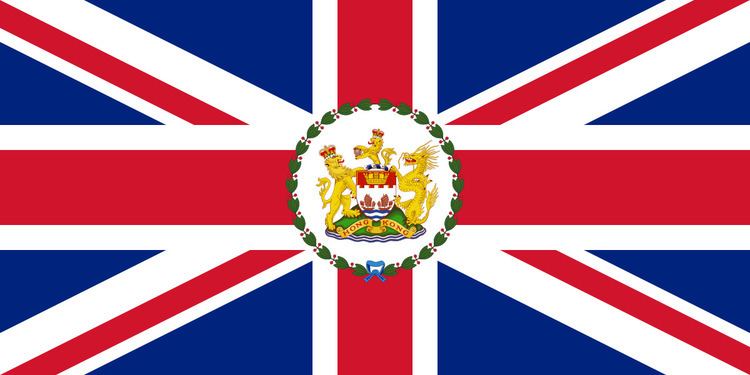Style His/Her Excellency | Formation 26 June 1843 | |
 | ||
Appointer | ||
The Governor of Hong Kong was the representative in Hong Kong of the British Crown from 1843 to 1997. In this capacity, the governor was president of the Executive Council and Commander-in-Chief of the British Forces Overseas Hong Kong. The governor's roles were defined in the Hong Kong Letters Patent and Royal Instructions. Upon the end of British rule and the transfer of Hong Kong to the People's Republic of China in 1997, most of the civil functions of this office went to the Chief Executive of Hong Kong, and military functions went to the Commander of the People's Liberation Army Hong Kong Garrison.
Contents
The governor
Authorities and duties of the governor were defined in the Hong Kong Letters Patent and Royal Instructions in 1843. The governor, appointed by the British monarch (on the advice of the Foreign Secretary), exercise the executive branch of Hong Kong Government throughout British sovereignty and, with the exception of a brief experiment after World War II, no serious attempt was made to introduce representative government, until the final years of British rule.
The Governor of Hong Kong chaired the colonial cabinet, the Executive Council (ExCo), and until 1993, also the President of Legislative Council. The governor appointed most, if not all, of the members of the colony's legislature (known colloquially as LegCo), which was largely an advisory body until the first indirect elections of LegCo was held in 1985. Initially both Councils were dominated by British expatriates, but this progressively gave way to local Hong Kong Chinese appointees in later years. Historically, the Governors of Hong Kong were professional diplomats except the last governor, Chris Patten, who was a career politician. In December 1996, the governor's salary was HK$3,036,000 per annum, tax-free. It was fixed at 125% of the Chief Secretary's salary.
In the absence of the governor, the chief secretary immediately became the acting governor of the colony. The chief secretaries were historically drawn from the Colonial Office or British military. One Royal Navy Vice Admiral served as administrator after World War II. Four Japanese military officers (three Army officers and one naval Vice Admiral) served as administrators during the Japanese occupation of Hong Kong in World War II.
Transport
The Governor of Hong Kong used a Daimler DS420 for day to day transport and a Rolls-Royce Phantom V landaulette for ceremonial occasions. Both vehicles were removed by the Royal Navy immediately following the handover to China on 1 July 1997.
